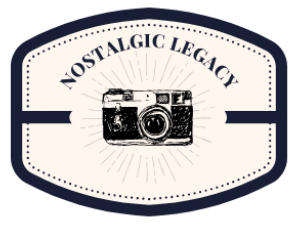The Thrill of Unfolding a Paper Map
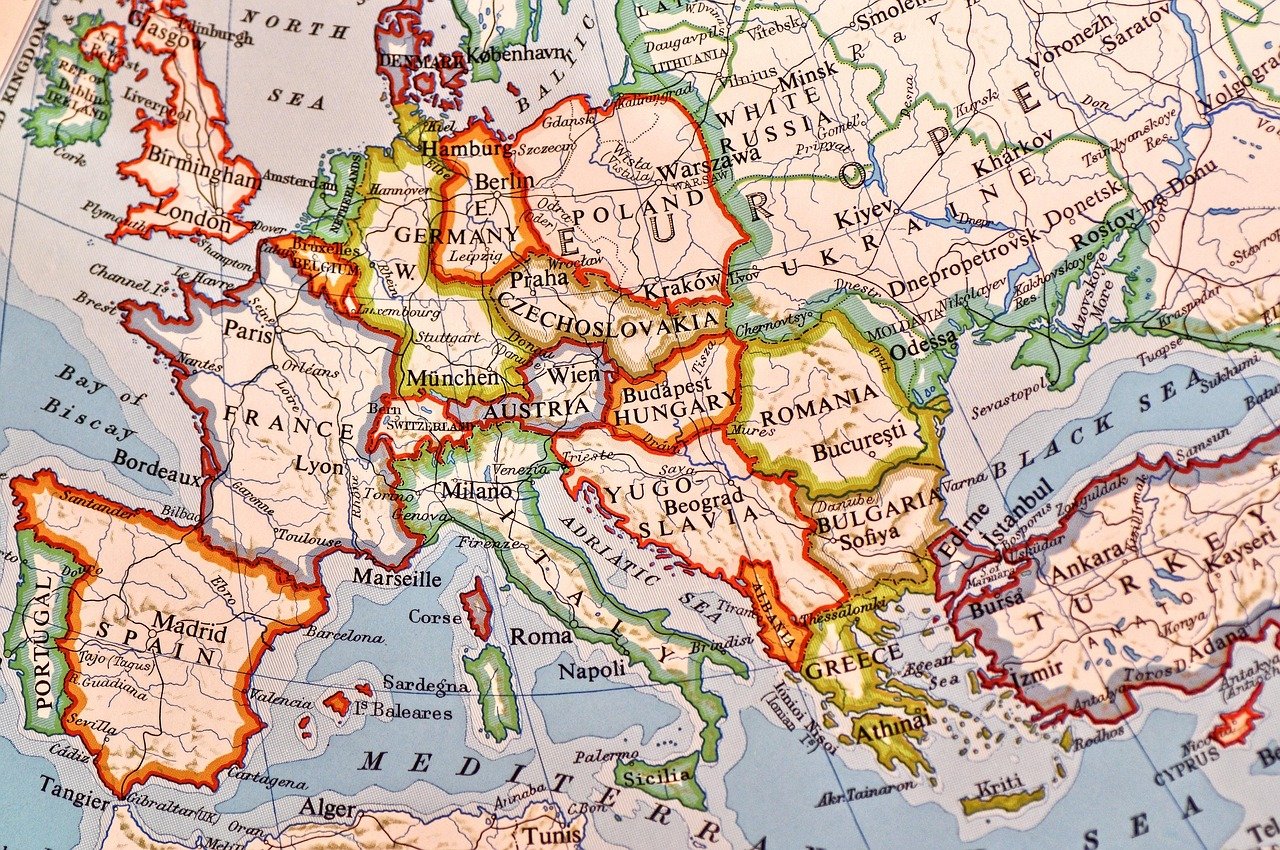
Crackling open a massive highway atlas was the real start of any 1990s road trip. There was no blue dot showing where you were—just your finger, tracing lines across states, hoping you’d guess the right exit. The map always seemed to take up half the dashboard, refusing to fold back the way it came. Every crease and faded route told a story of past adventures. Parents squinted at tiny print, kids held the flashlight at dusk, and someone always misread an interstate number. Mistakes were almost guaranteed, but so was the sense of being a true explorer. The map wasn’t just a tool—it was a ticket to adventure.
Asking for Directions Became an Art Form
Pulling into a gas station, you’d roll down the window and hope for a helpful local. Sometimes you’d get a detailed explanation with hand gestures and landmarks like “the big oak tree” or “the red barn.” Other times, directions were pure guesswork, and you’d set off feeling only slightly more informed. Strangers became roadside heroes, and every stop was a chance for connection. Kids watched in awe as parents chatted with farmers, truckers, or diner waitresses, picking up fun stories along with their directions. This was human GPS—unpredictable, warm, and sometimes hilariously wrong. Trust in strangers was part of the journey.
The Joy and Panic of Getting Lost
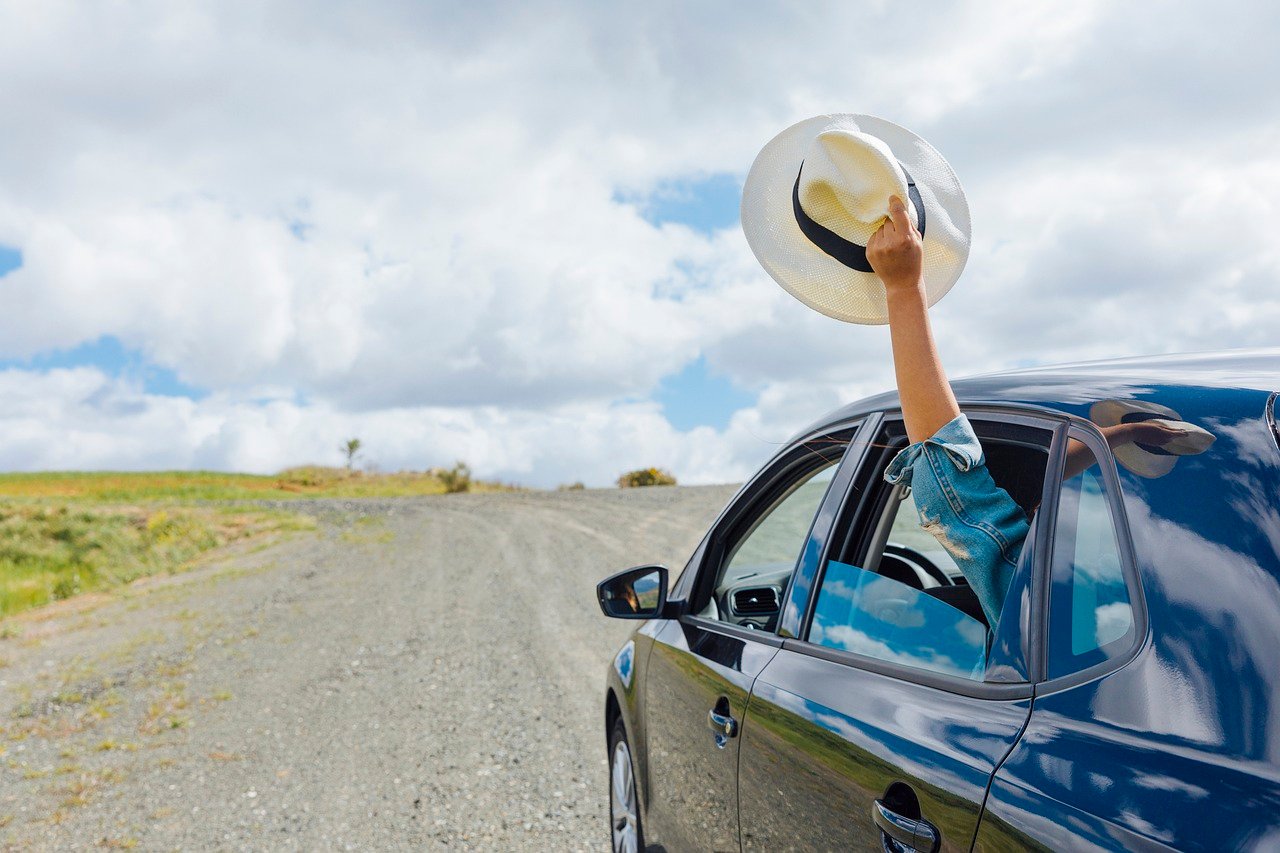
Getting lost in the 90s wasn’t a crisis—it was an invitation. One wrong turn could lead to a forgotten ghost town or a stretch of neon-lit motels begging for a photo. The panic of realizing you’d missed your exit slowly faded as curiosity took over. Would you find a quirky roadside attraction? A miniature golf course shaped like dinosaurs? The unexpected became the highlight of the story when you got home. Every detour tested your patience, but it also sparked laughter, arguments, and eventually, pride when you found your way again. Lost didn’t mean failure—it meant the adventure was truly underway.
Mixtapes Made the Miles Fly By
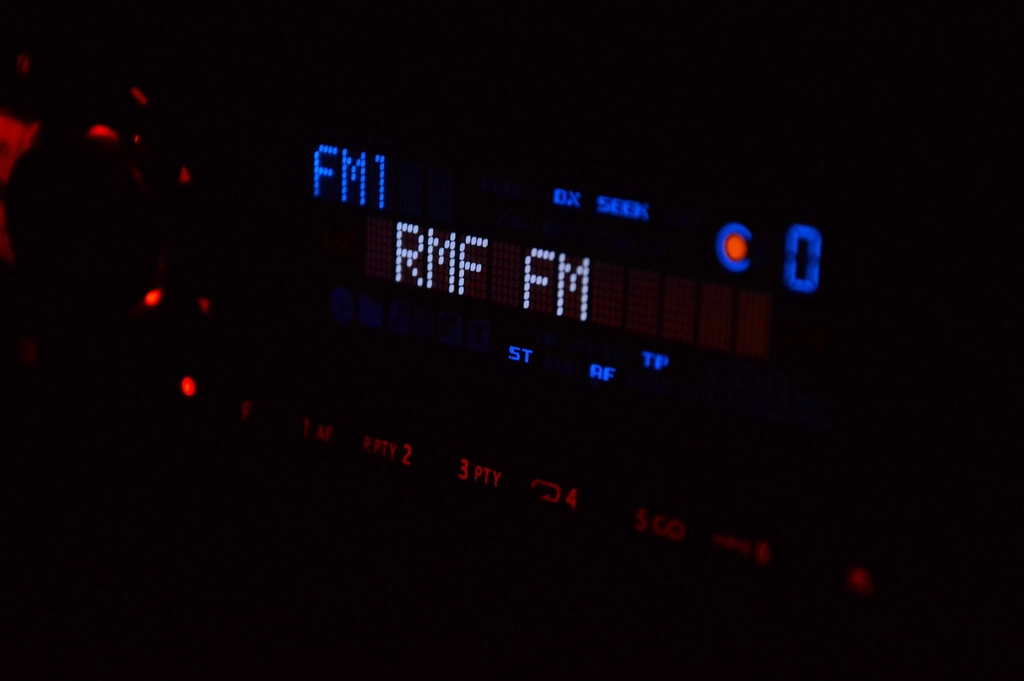
The soundtrack of a 90s road trip was homemade, not algorithm-generated. Before Spotify or streaming, you’d spend hours picking the perfect songs, recording them from the radio or CDs. Each mixtape was a love letter to the journey, a blend of Pearl Jam, TLC, and maybe a little Ace of Base. Singing at the top of your lungs with the windows down, every lyric became an anthem. Fights over what to play next were inevitable, but so was the joy when everyone belted out the chorus together. The music didn’t just fill the silence—it filled the car with memories.
Snack Attacks and Rest Stop Rituals
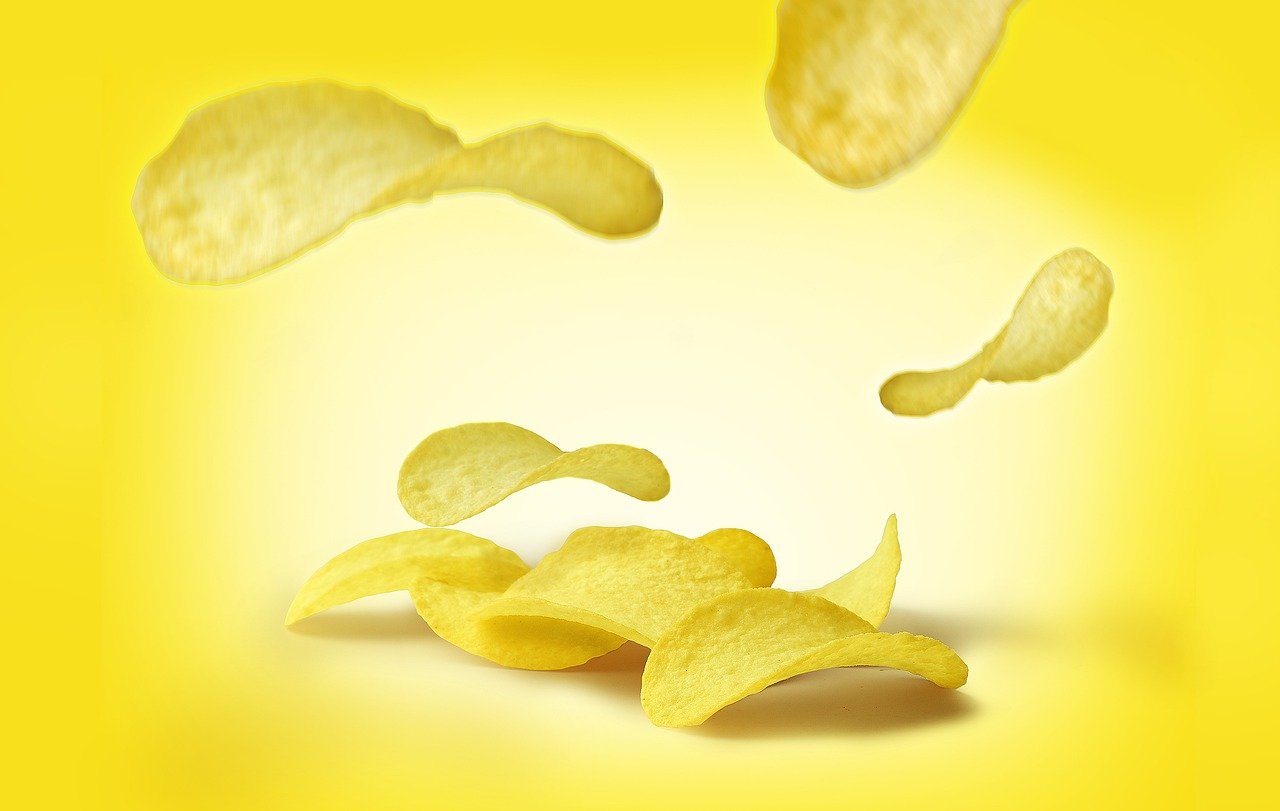
No GPS could guide you to the best snacks, but every stop was a chance to discover something new. The backseat became a buffet of potato chips, Twizzlers, and gas station sodas with impossible flavors. Picking snacks was a ritual—maybe you’d go for a giant Slim Jim, or gamble on a weird candy you’d never seen before. Sharing snacks meant sharing laughter, crumbs, and sticky fingers. Sometimes you’d even invent games: who could eat the most gummy bears or make the loudest chip crunch? The simple act of eating together became a highlight, proof that joy was found in the little things.
Family Rules and Secret Traditions
Every family had its own quirky road trip rituals. Maybe it was who got to pick the first song, or whose job it was to call out license plate states. Some families always stopped at the same burger joint, while others aimed for the scenic route just to see wildflowers. These traditions became the glue that held road trips together. Even arguments over who sat where or how often to stop for bathrooms became part of the legend. Over time, these rituals wove a safety net of familiarity, wrapping each journey in comfort and nostalgia.
Living Without Digital Lifelines
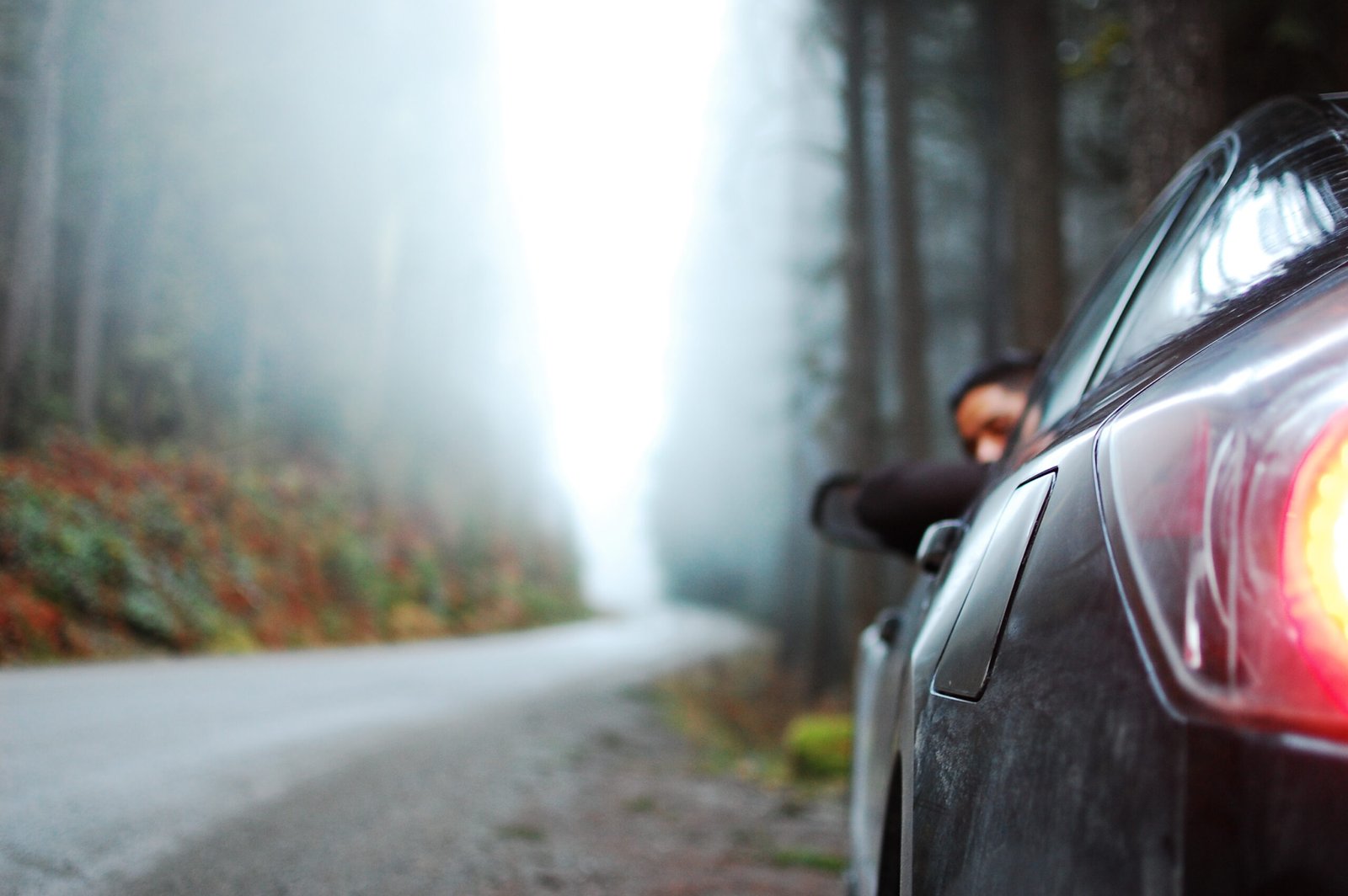
In the 1990s, the only “apps” were the ones you invented to pass time—like I Spy, the Alphabet Game, or counting cows. Without smartphones, you had to trust your own wits and senses. If you missed a turn, there was no instant rerouting; you’d have to pull over and consult that crumpled map or just keep driving until you recognized something. The lack of technology forced you to be present, to look out the window and really see the world passing by. It fostered problem-solving skills, teamwork, and a sense of accomplishment when you finally reached your destination.
Conversations That Built Lifelong Bonds
With no screens to hide behind, car rides became stages for deep conversations and wild storytelling. Siblings invented games, parents shared tales from their own childhoods, and even the quietest family member got drawn into debates about the best road trip snack. Jokes, confessions, and dreams filled the hours, turning strangers into friends and families into tighter teams. Laughter and arguments mingled in the cramped space, but by the end of the trip, you’d know each other better than before. The slow passing of miles became a chance for connection that’s hard to find today.
Nostalgia in Every Mile Traveled
Looking back, every 90s road trip feels like a sun-drenched postcard. The world outside the window moved slower, and so did time. The journey itself was as important as the destination, and every small victory—finding the right exit, discovering a hidden diner—felt like a triumph. Photos snapped on disposable cameras, mixtape cases rattling in the glove box, and sunburned arms hanging out the window: these were the souvenirs that mattered most. There’s a bittersweet magic in remembering how simple and rich those moments were.
Would You Last on a 90s Road Trip
Could you survive a road trip without GPS, armed with only a map, a mixtape, and a sense of adventure? The answer is yes—if you’re willing to embrace the unknown. You’d get lost, you’d argue, and you’d laugh harder than you ever thought possible. The true spirit of a 1990s road trip wasn’t about perfect directions but about making memories that last a lifetime. Maybe it’s time to ask yourself: Are you ready to fold out the map and see where the road takes you?
